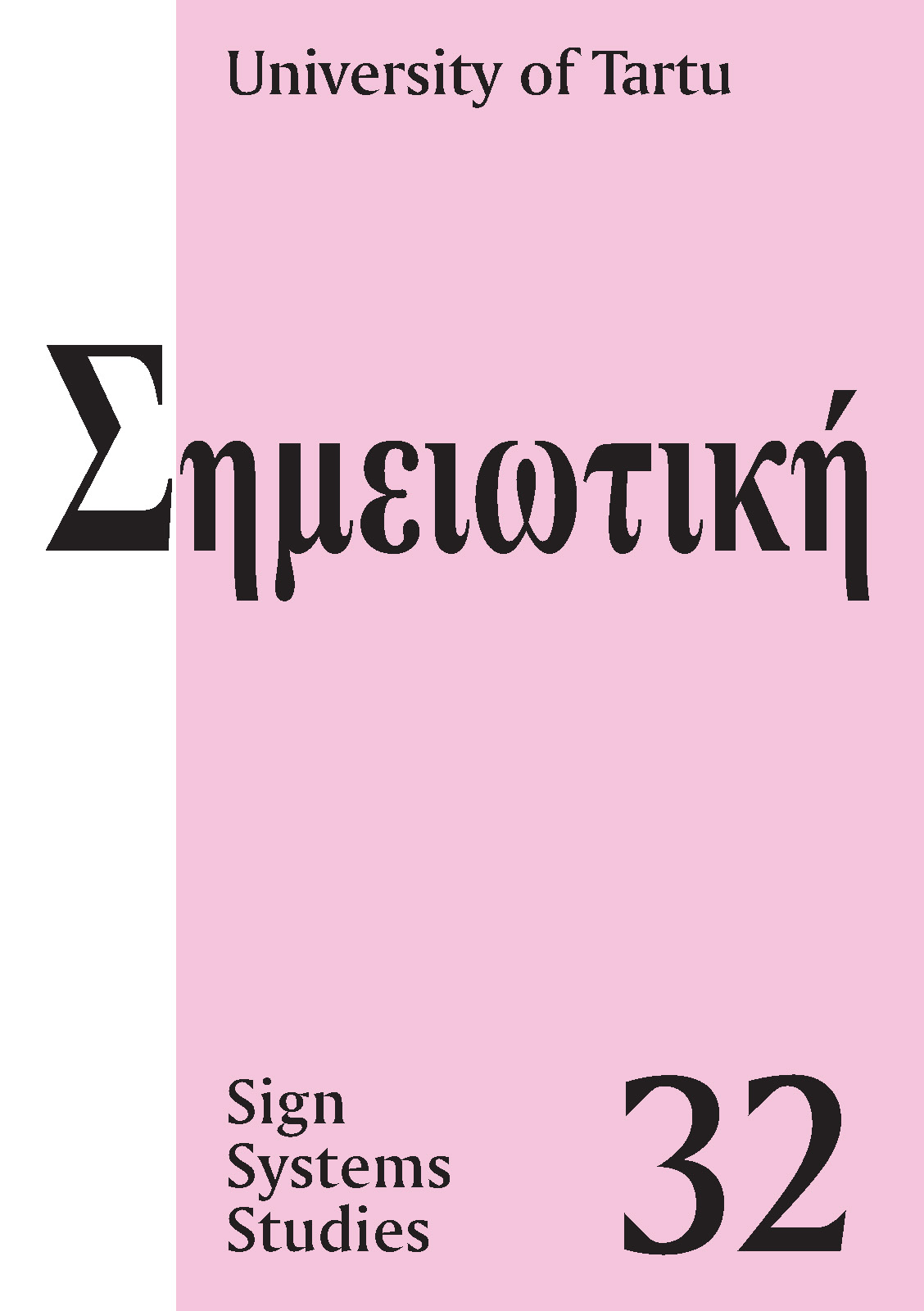The musical circle: The umwelt theory, as applied to zoomusicology
DOI:
https://doi.org/10.12697/SSS.2004.32.1-2.10Abstract
The purpose of the present article is to illustrate the crucial role played by the Umwelt theory in zoomusicological (and, more generally, zoosemiotic) studies. Too much, in fact too little, has been written on the relationship between non-human animals and music. Most of these writings do not explicitly aim at contributing to the actual problem (a good example being the reflections on birdsong contained in John Locke’s Essay Concerning Human Understanding). Some are, so to speak, a little folkloristic, quite a few broach the problem in strictly scientific terms, and very few take a clearly zoomusicological approach. In an attempt to understand all the possible ways in which the problem can be analysed, it turns out that all these contributions — in spite of their reciprocal diversity — have points in common, leading to three main categories of approach: discontinuity, gradualism, and pluralism (or Umwelt theory). The discontinuist attitude is by definition opposed to the intent of a zoomusicological research, which in fact defends the thesis that music is not specific only to humans. On the other hand, one might share the gradualist assumption that musicality departs from a basis common to many animal species (at least, all those provided with vocal apparatuses). However, such a basis cannot be interpreted as monolithic (i.e., as having developed in a unique and indivisible way), carrying, as a result, qualitative differences in music between species. For the above-mentioned reasons, and for others to be illustrated in the present paper, it becomes clear that the approach to zoomusicology must necessarily be pluralistic. The most suitable framework seems to be that postulated by Jakob von Uexküll, and known as the theory of Umwelt.


